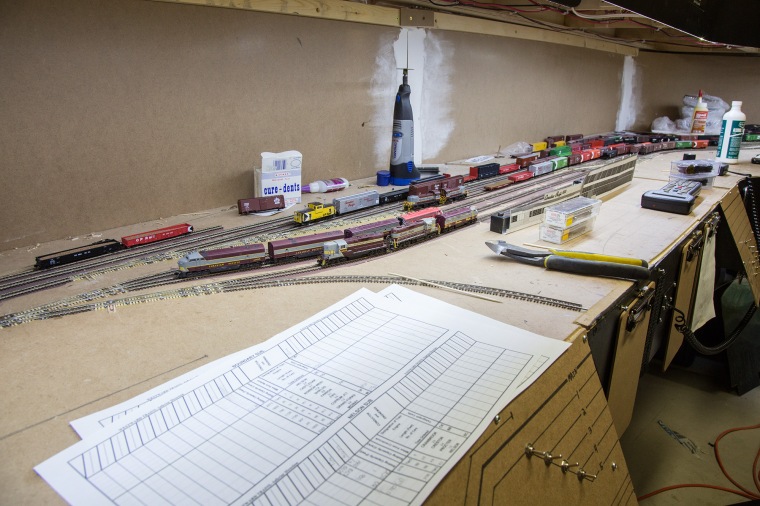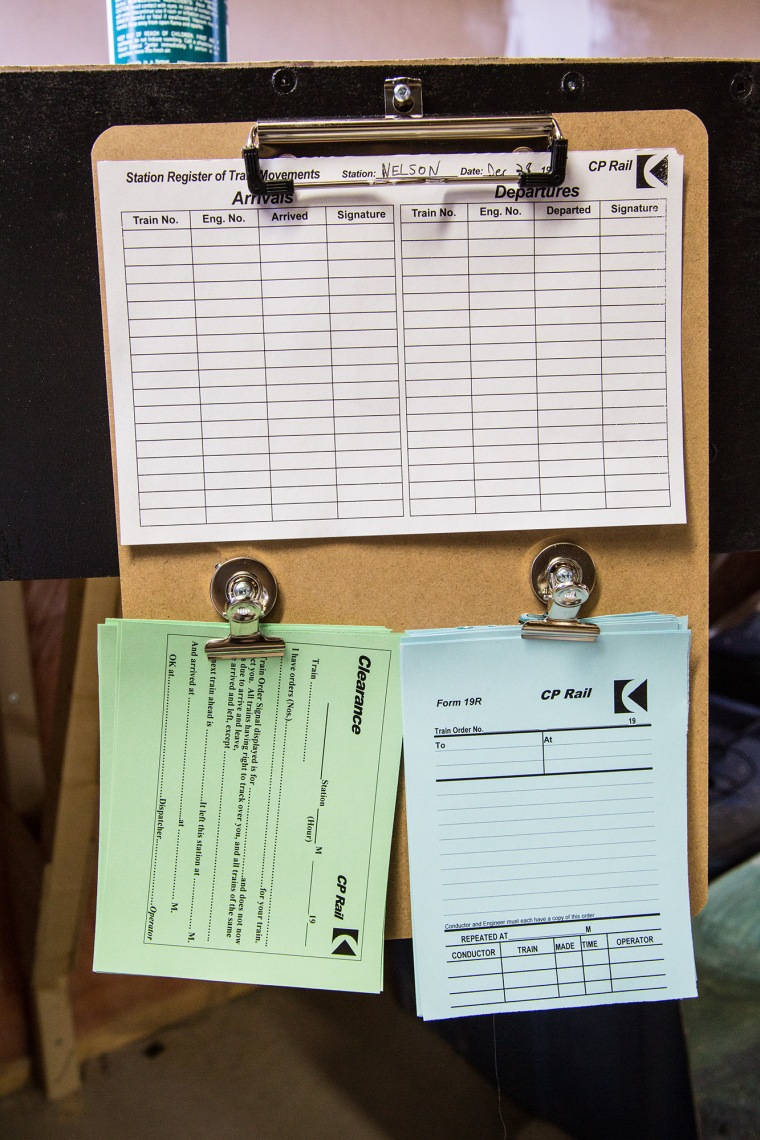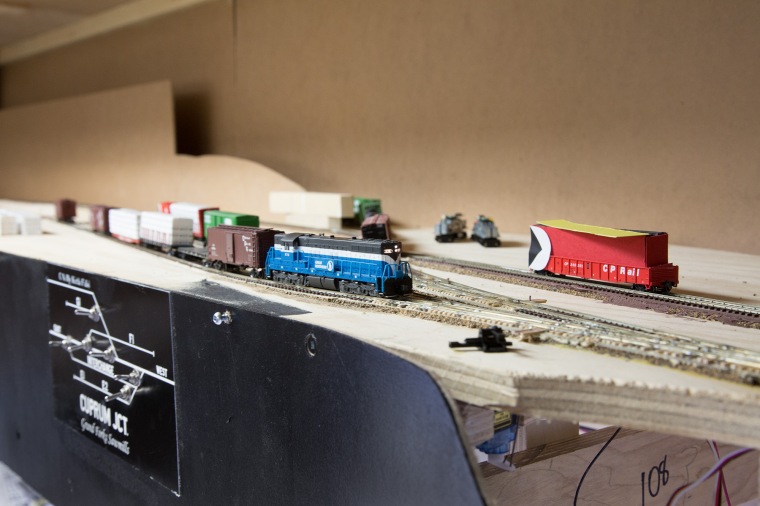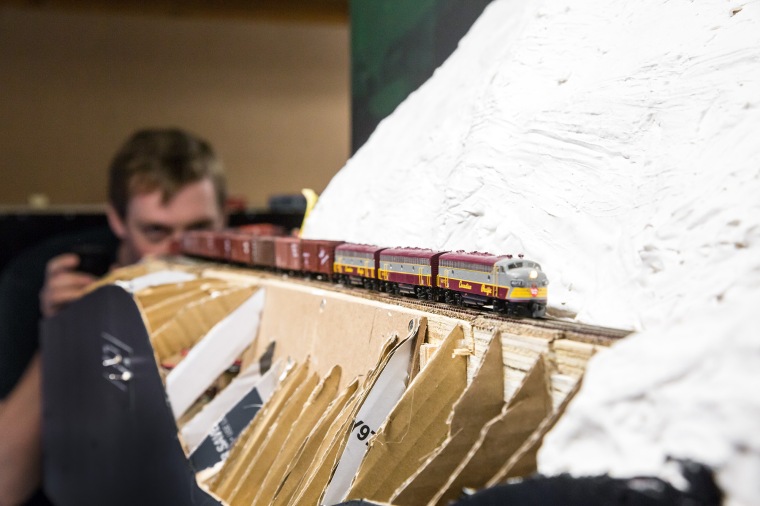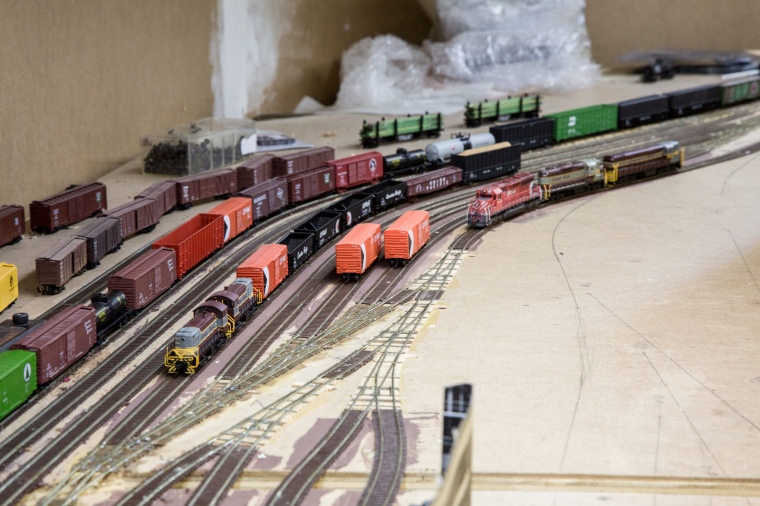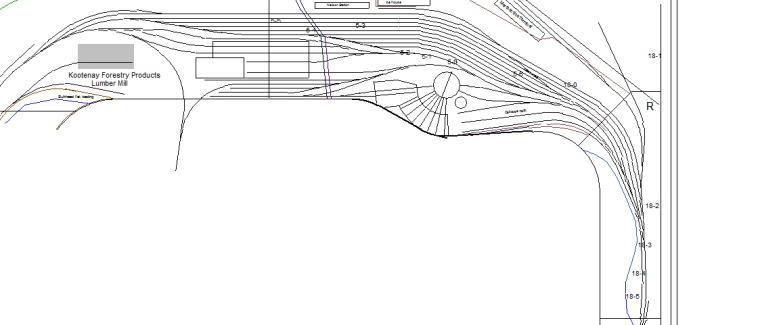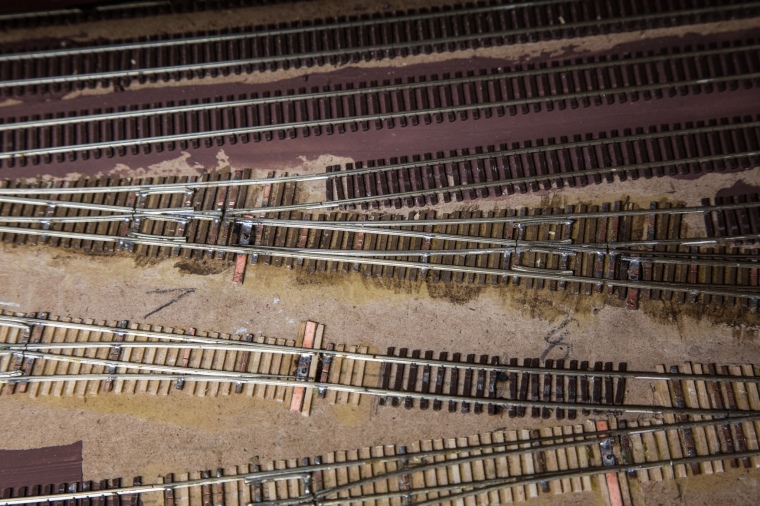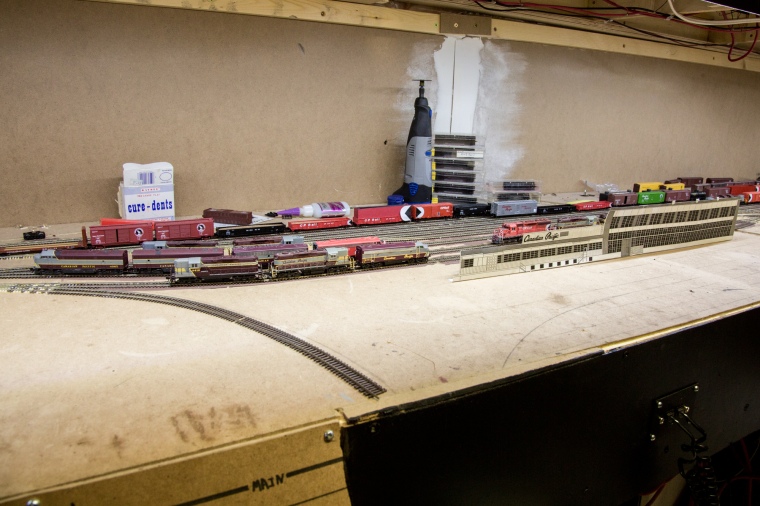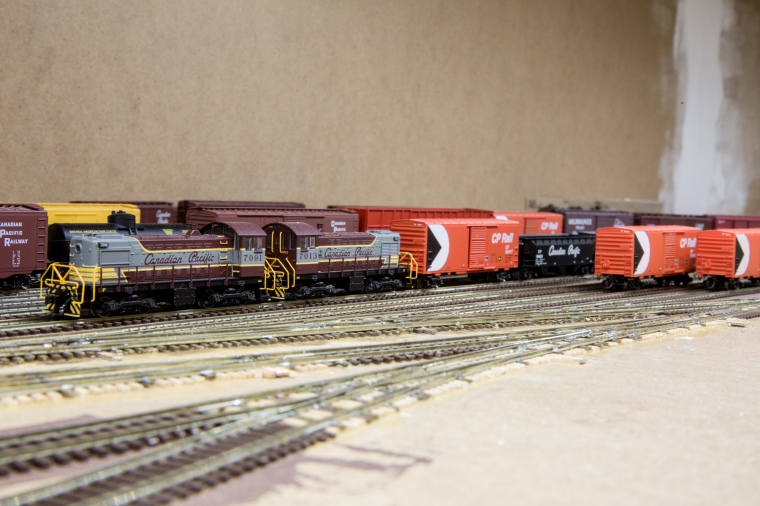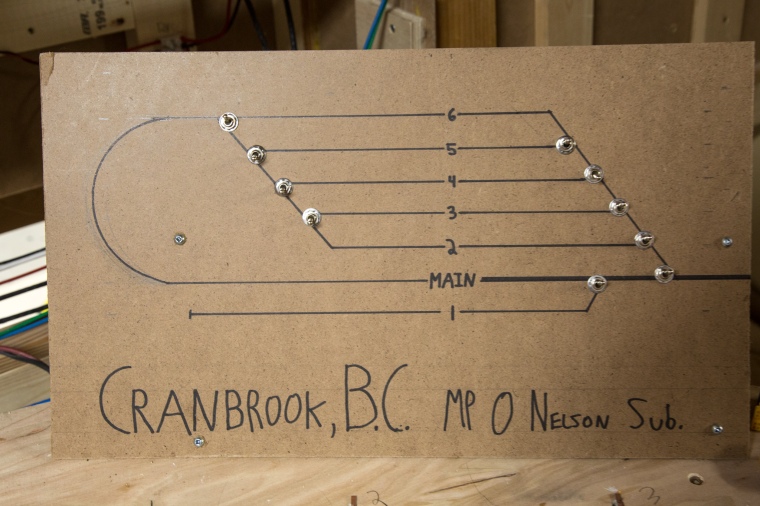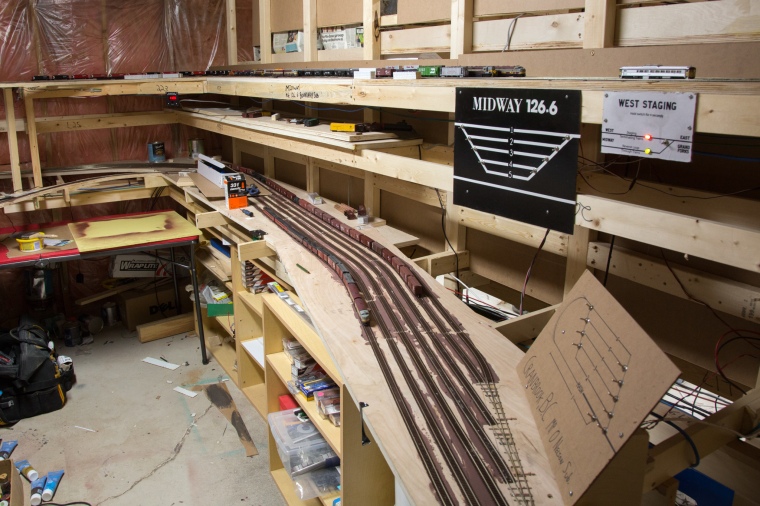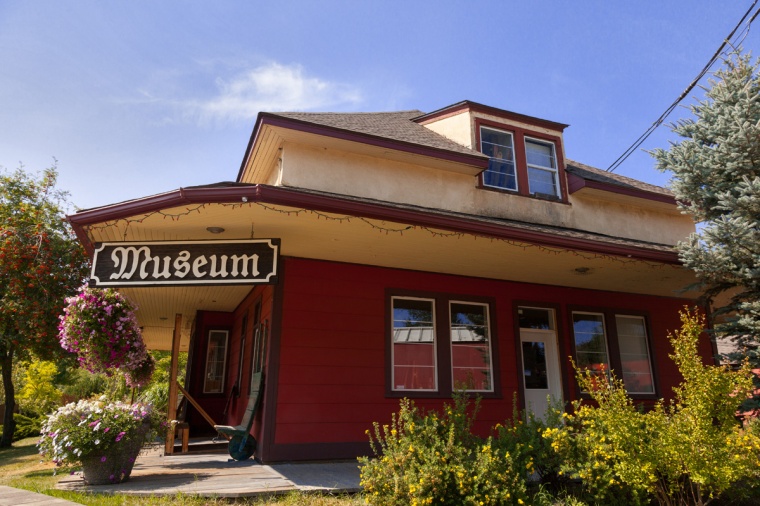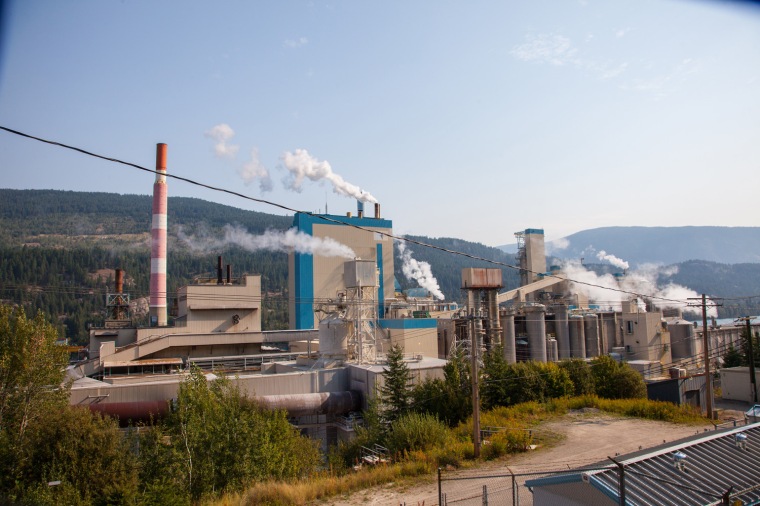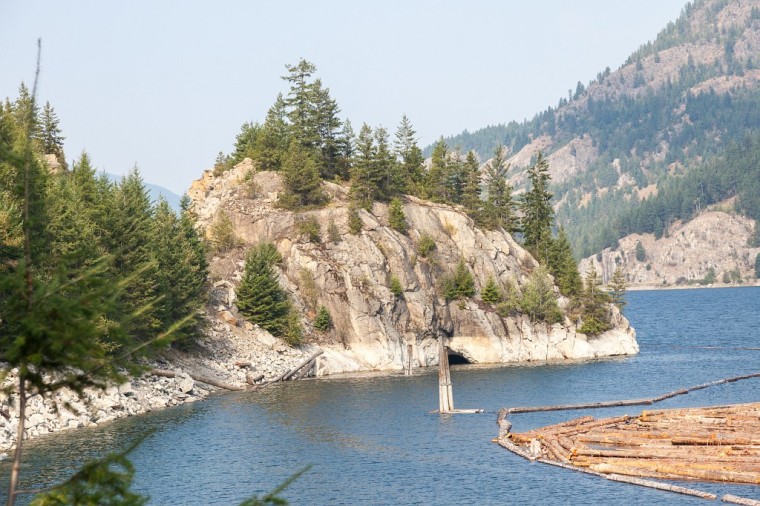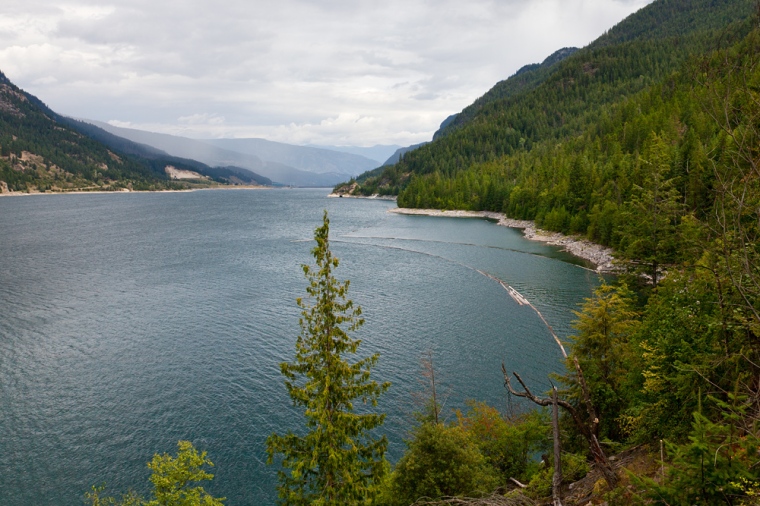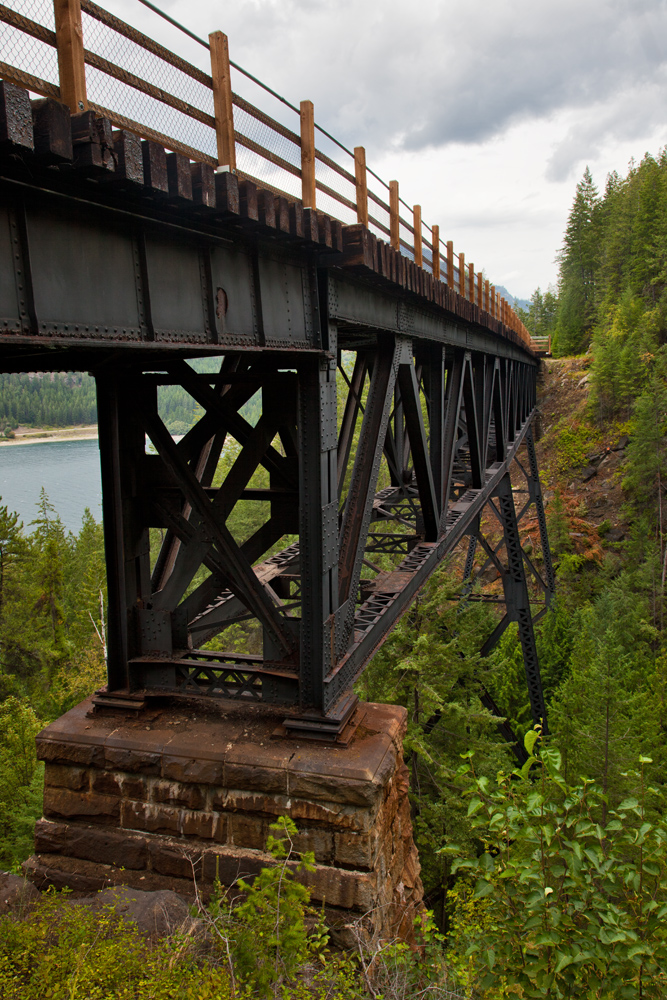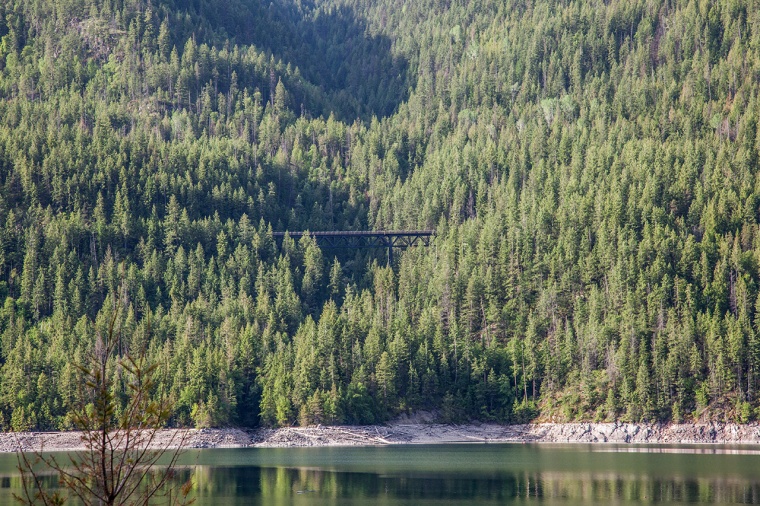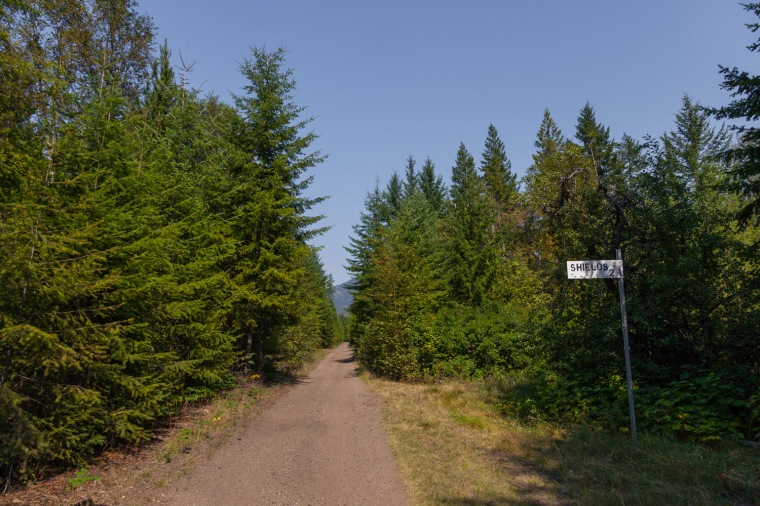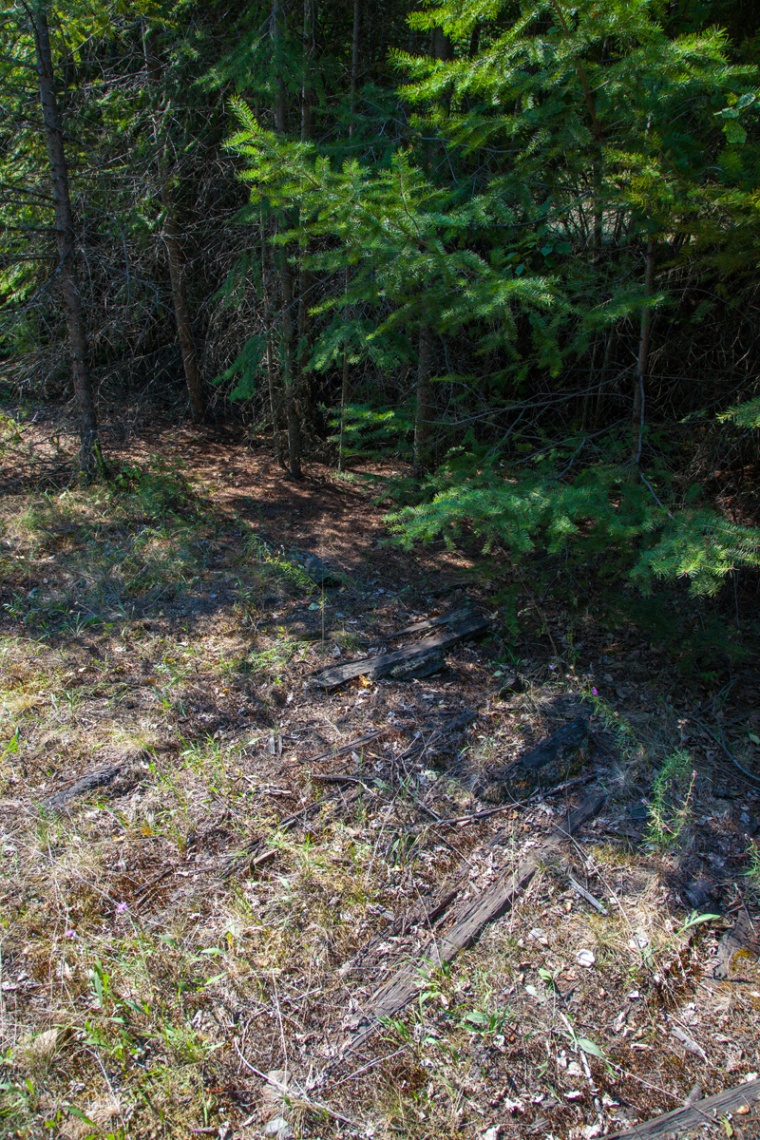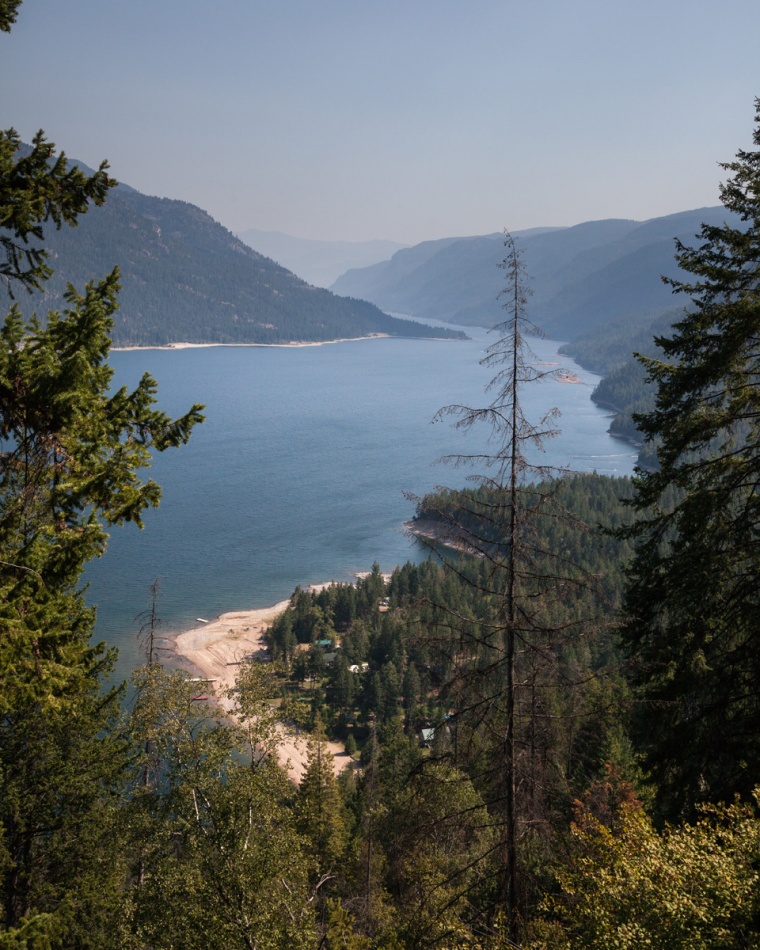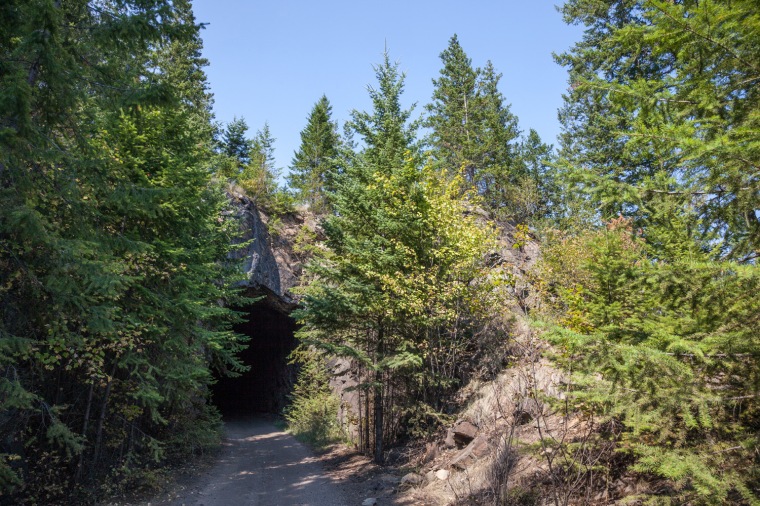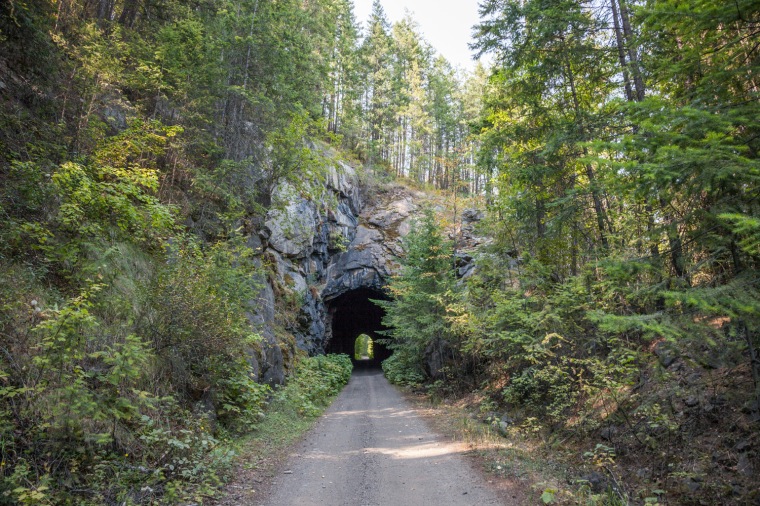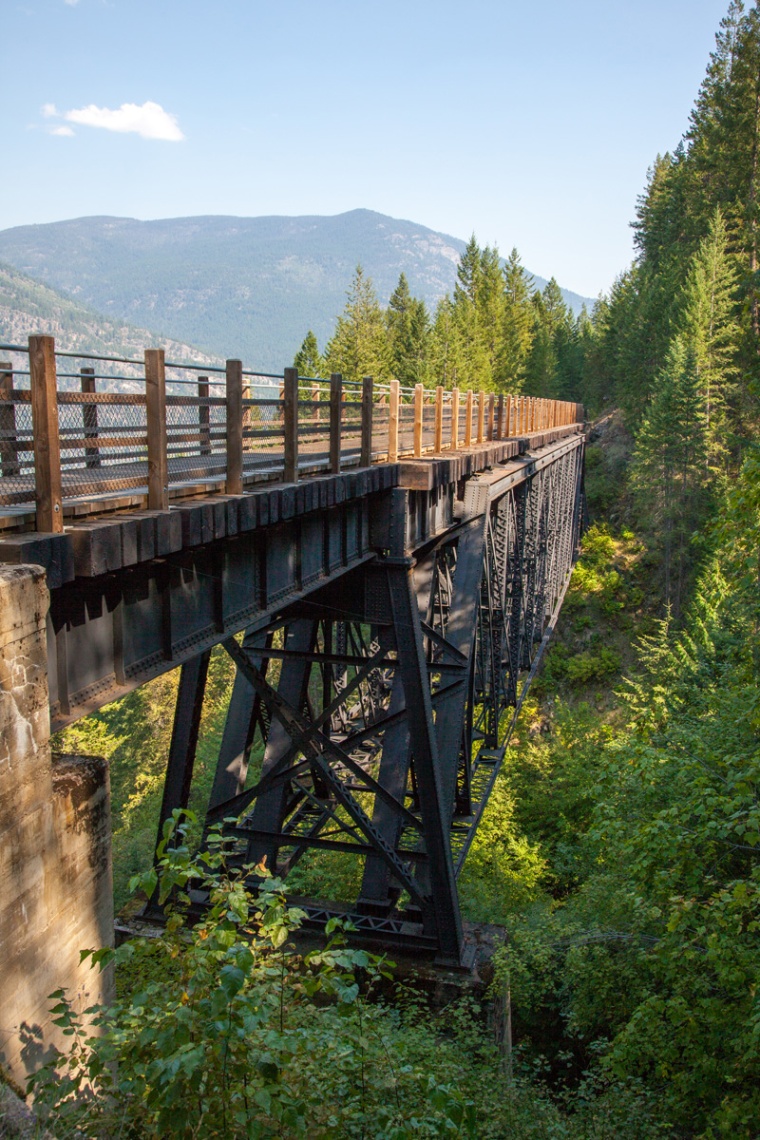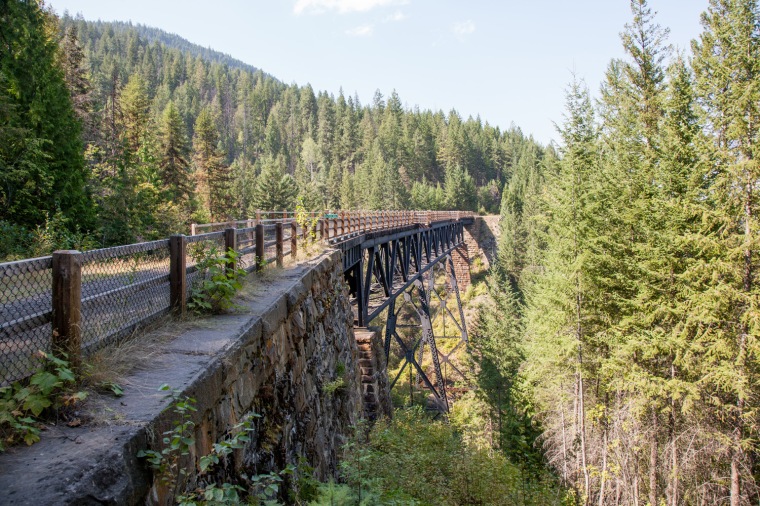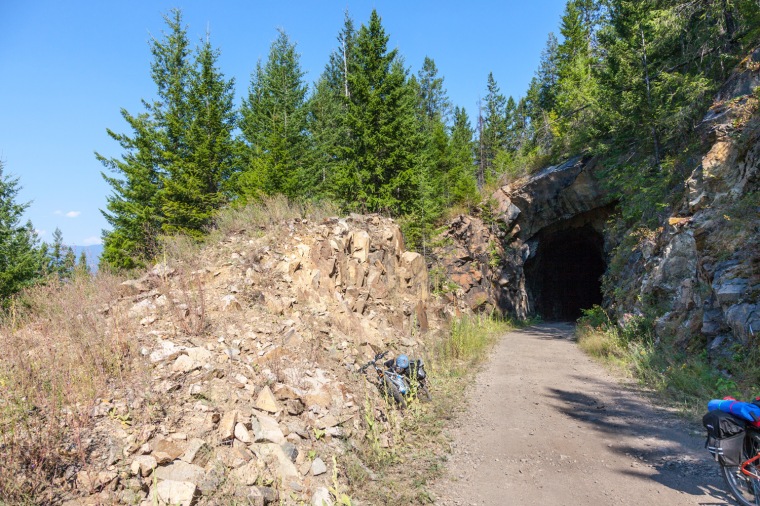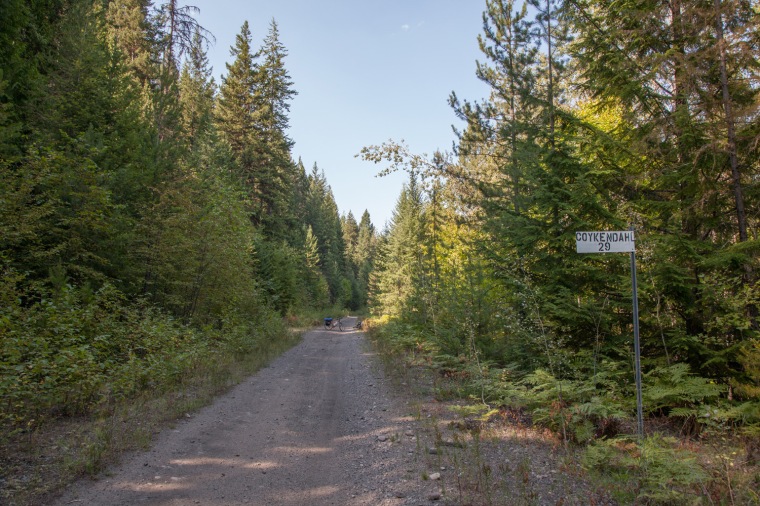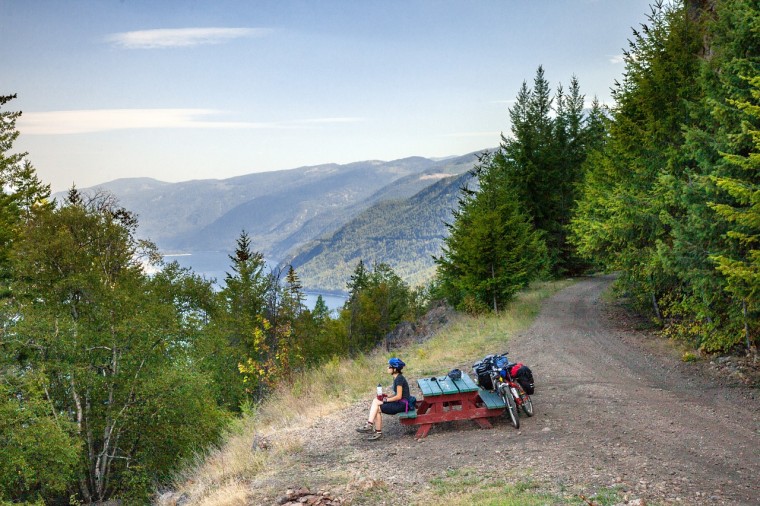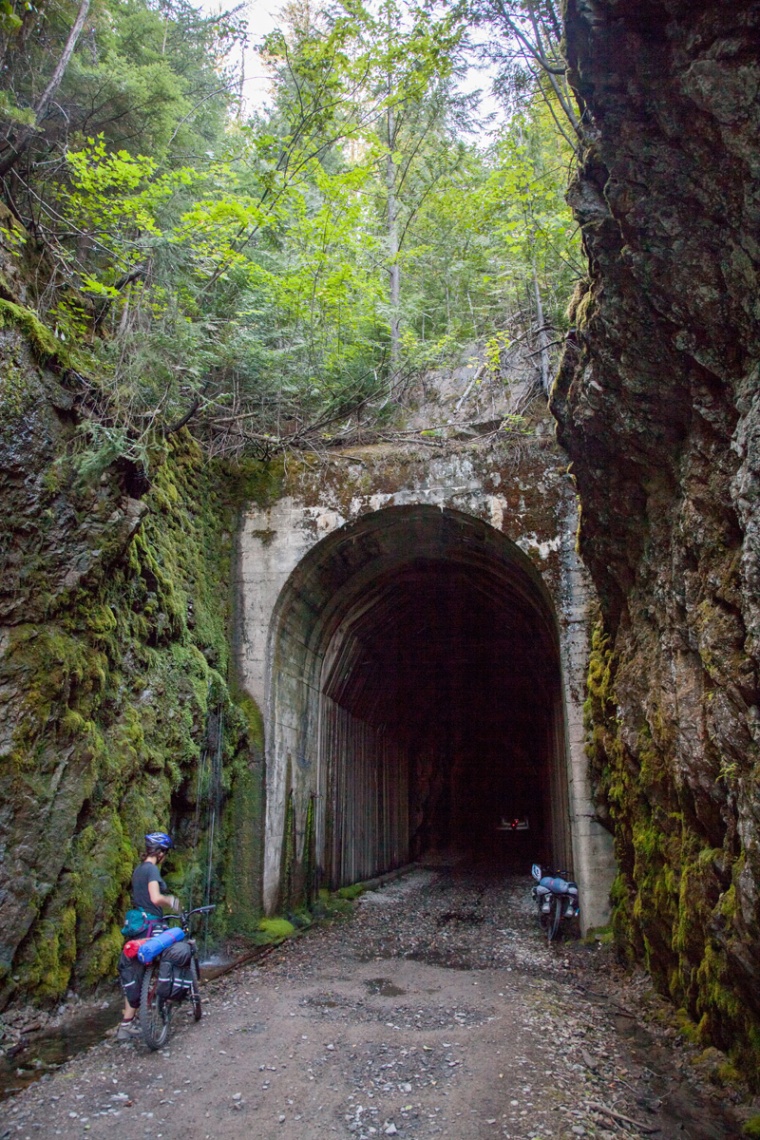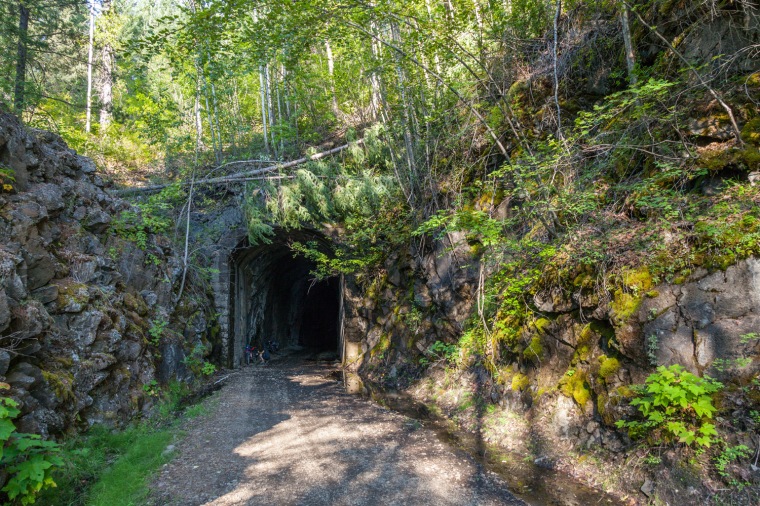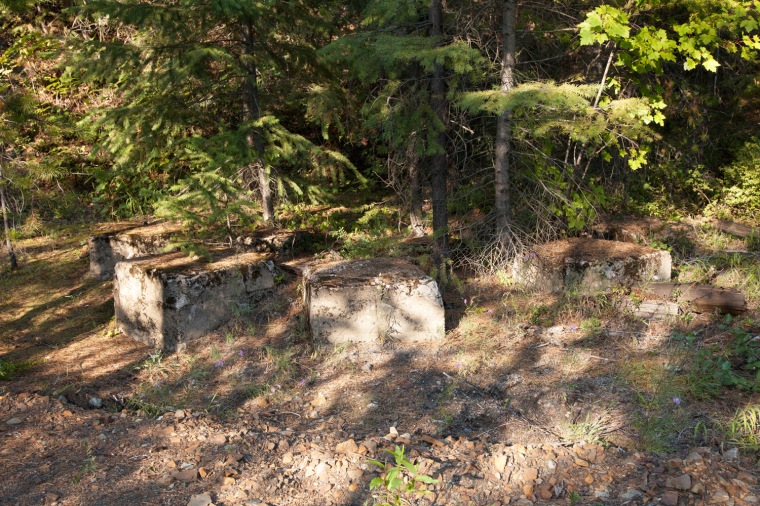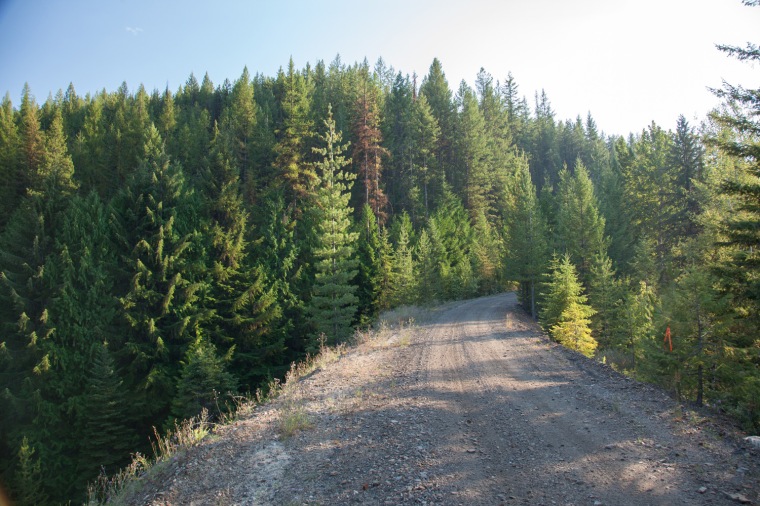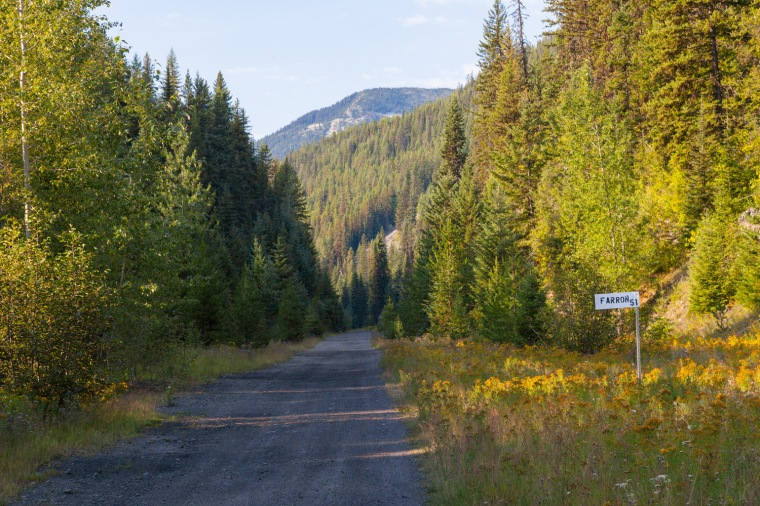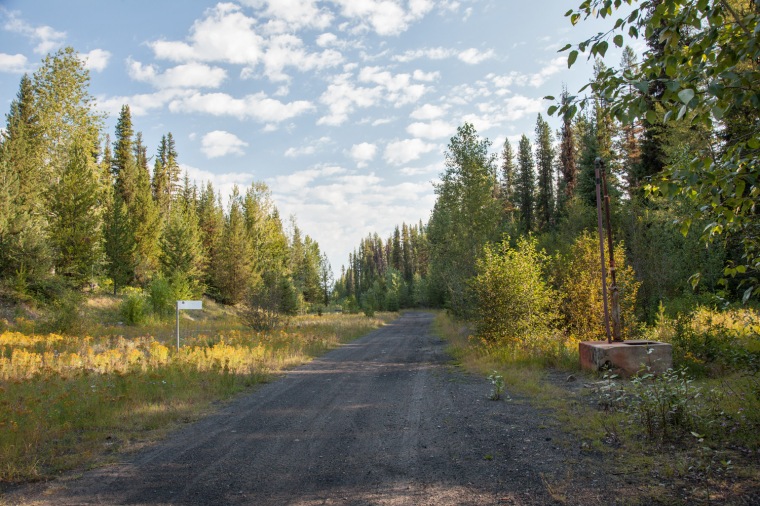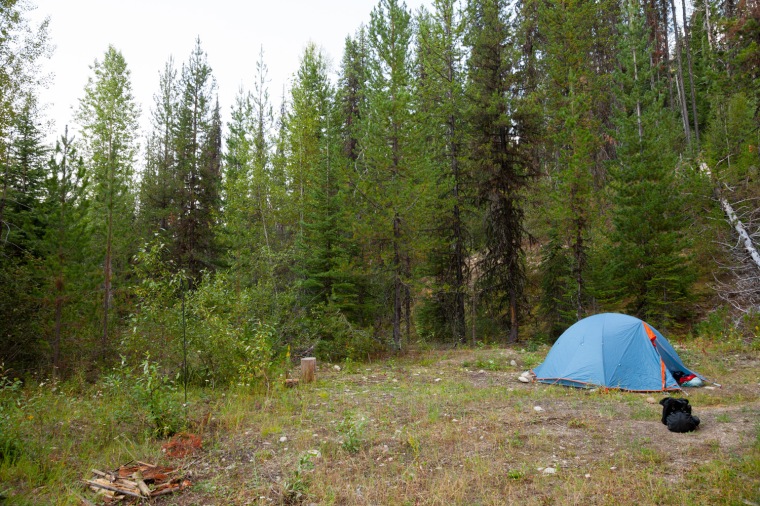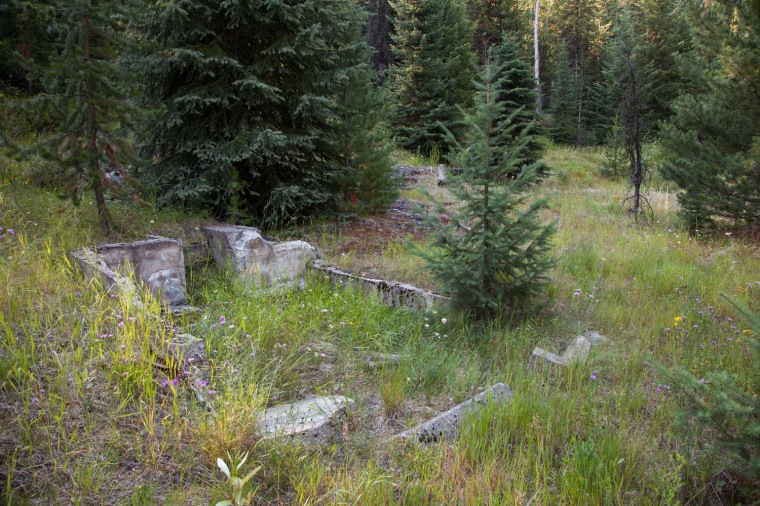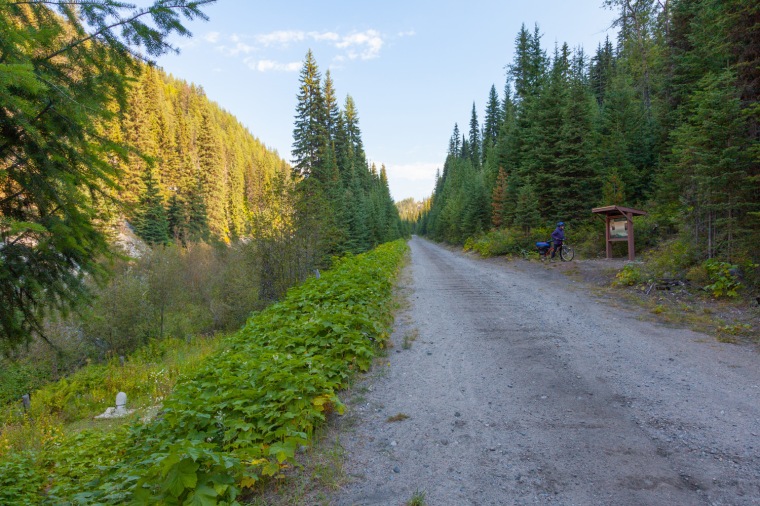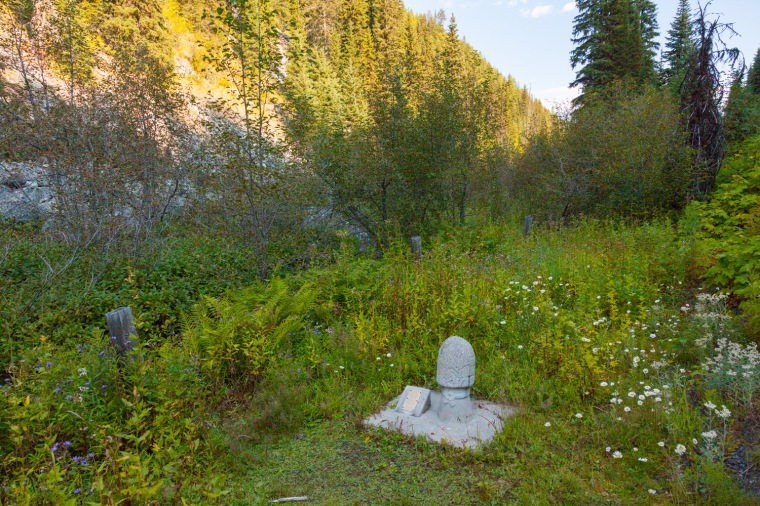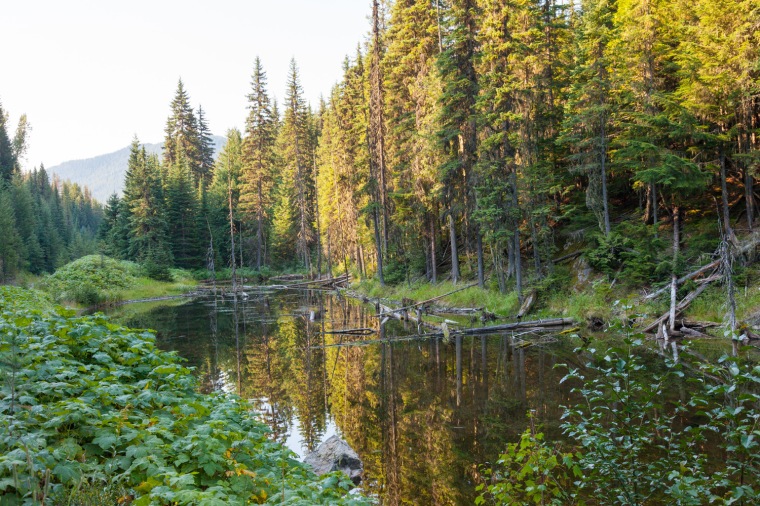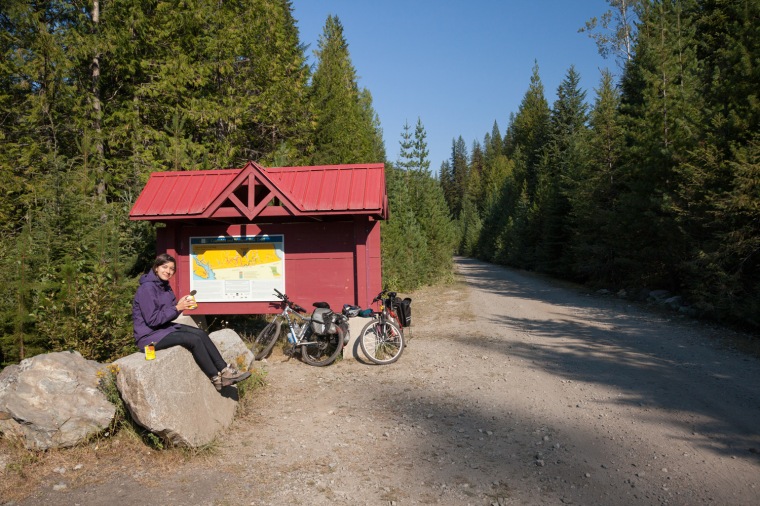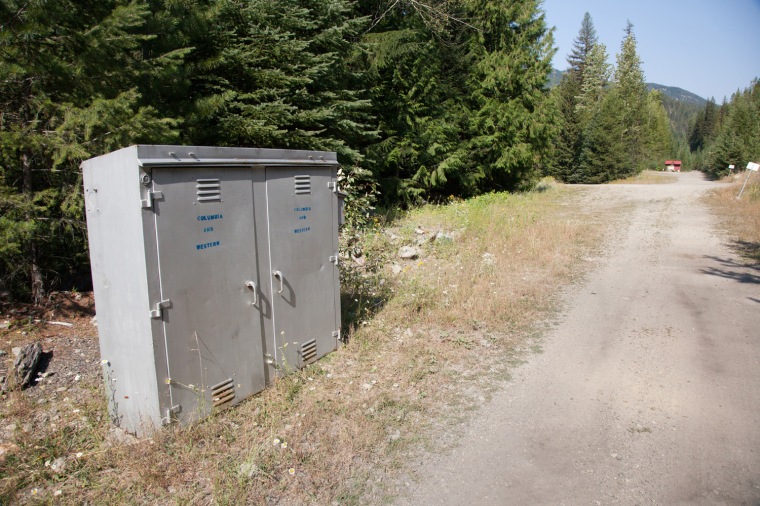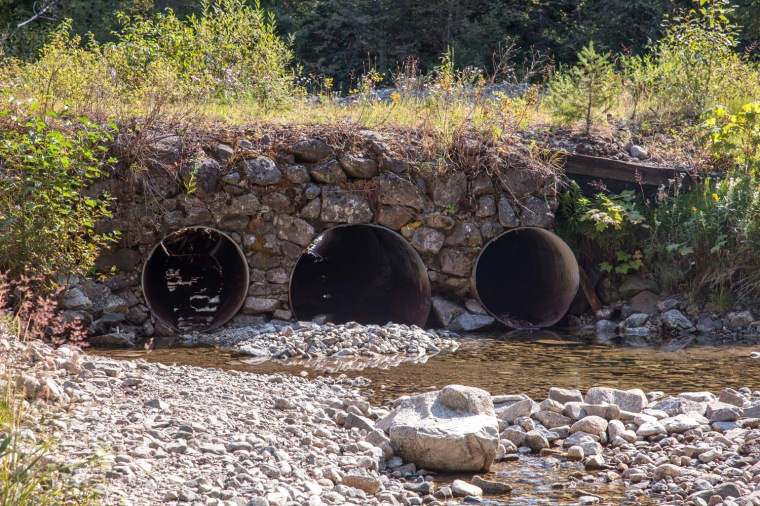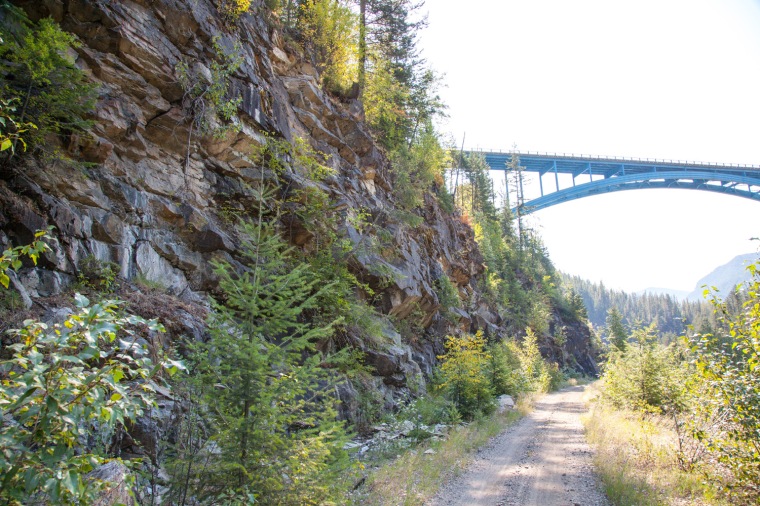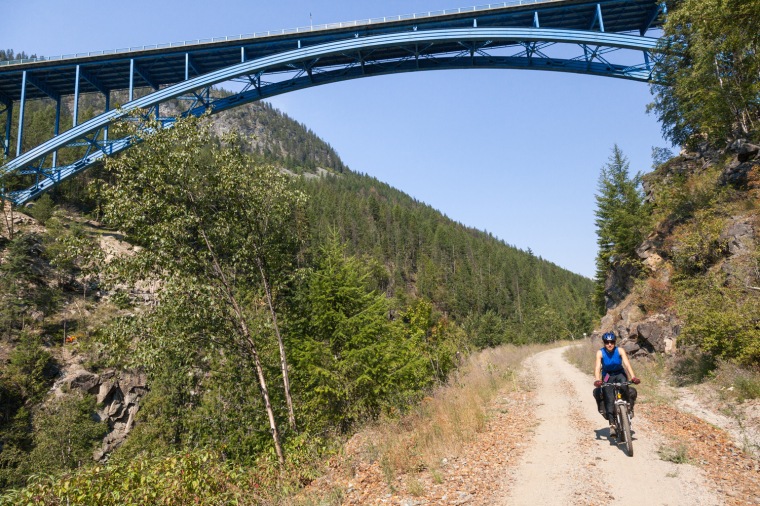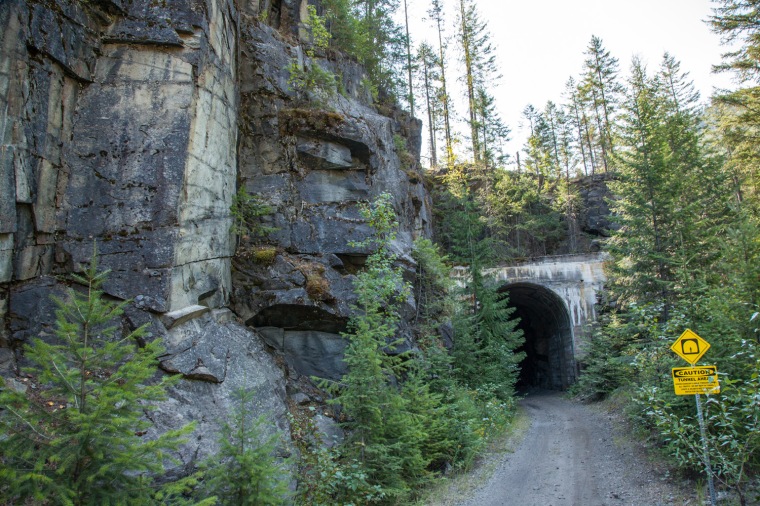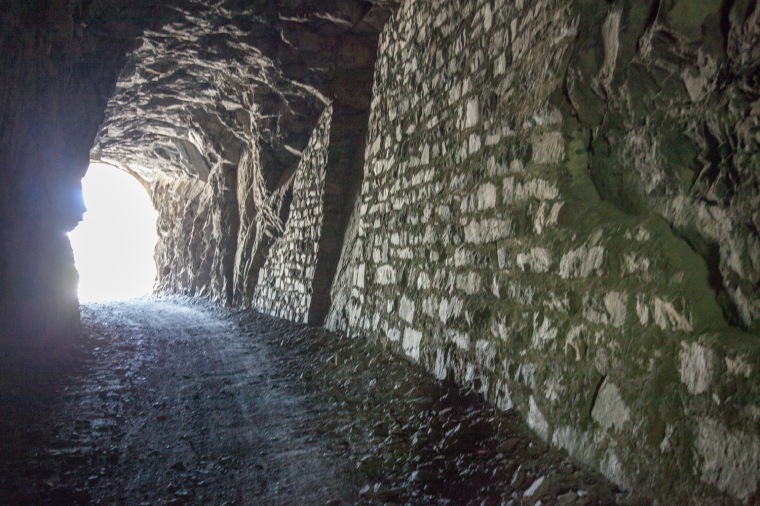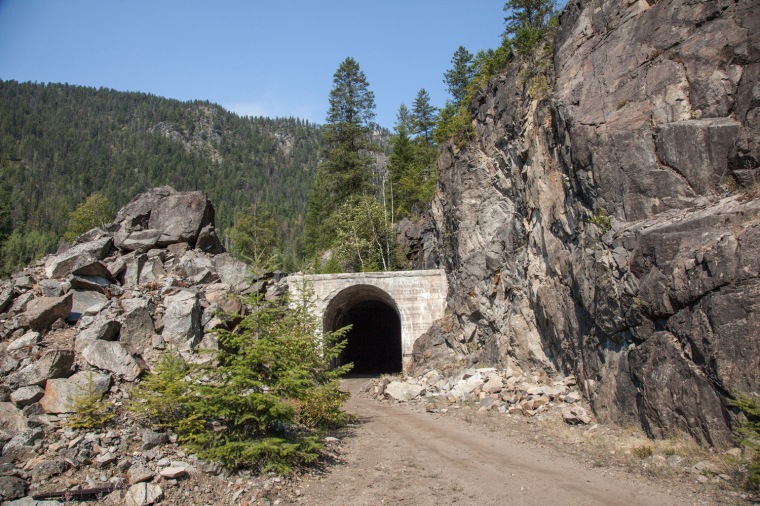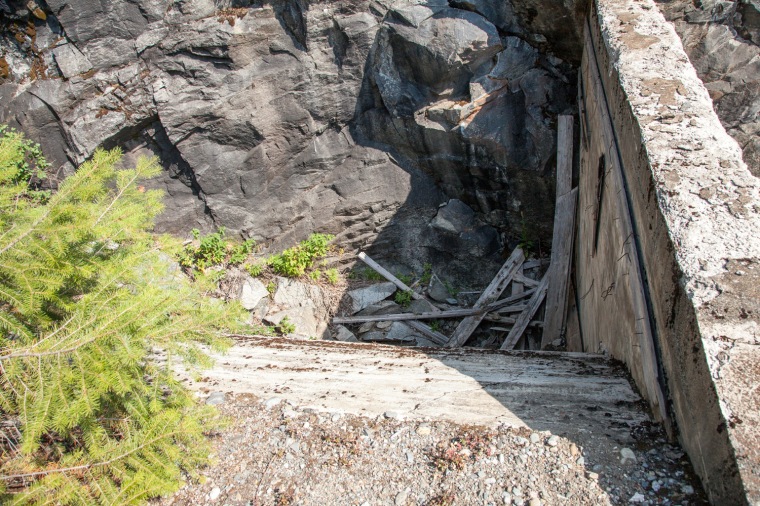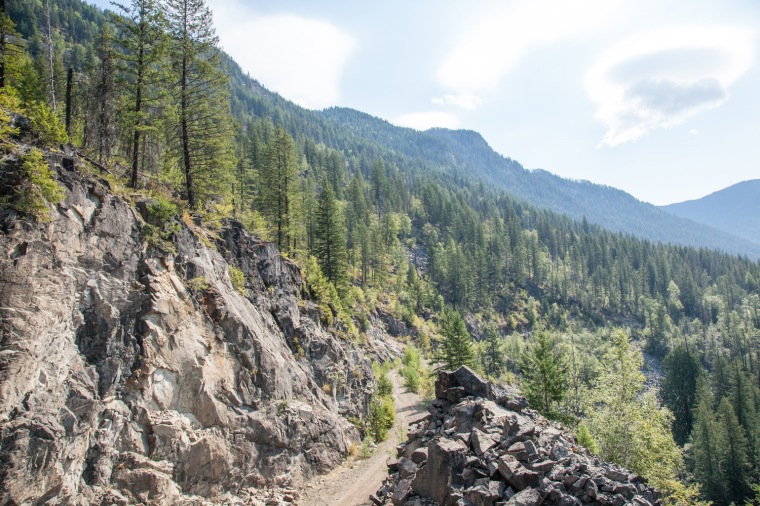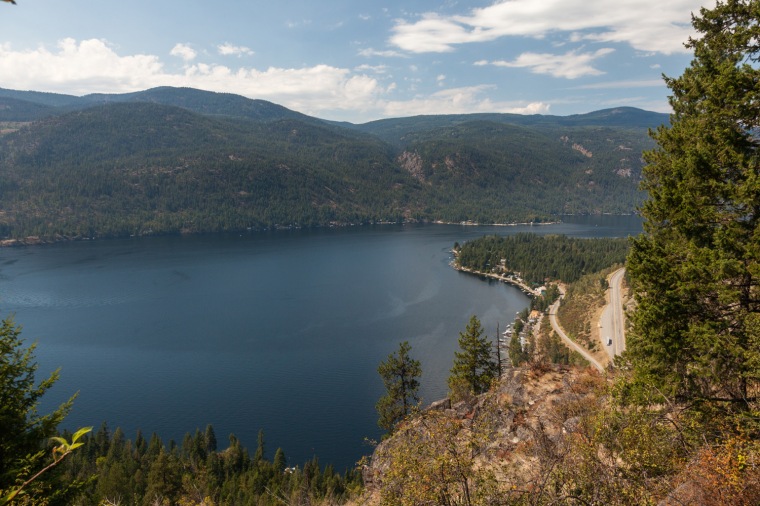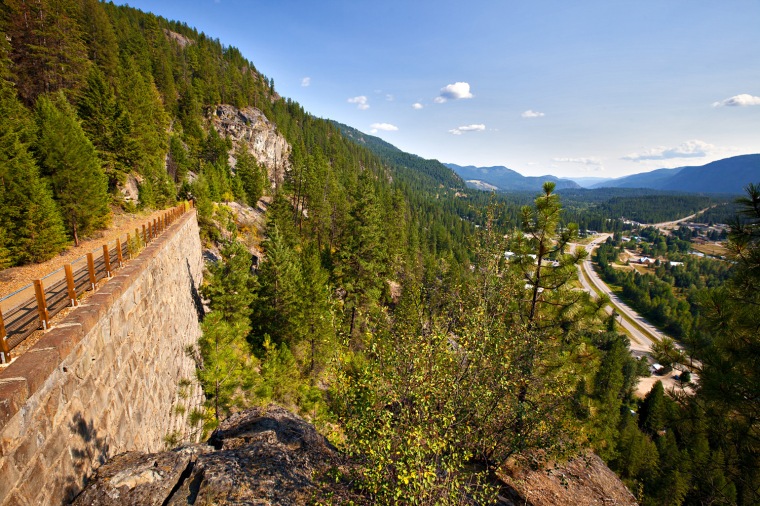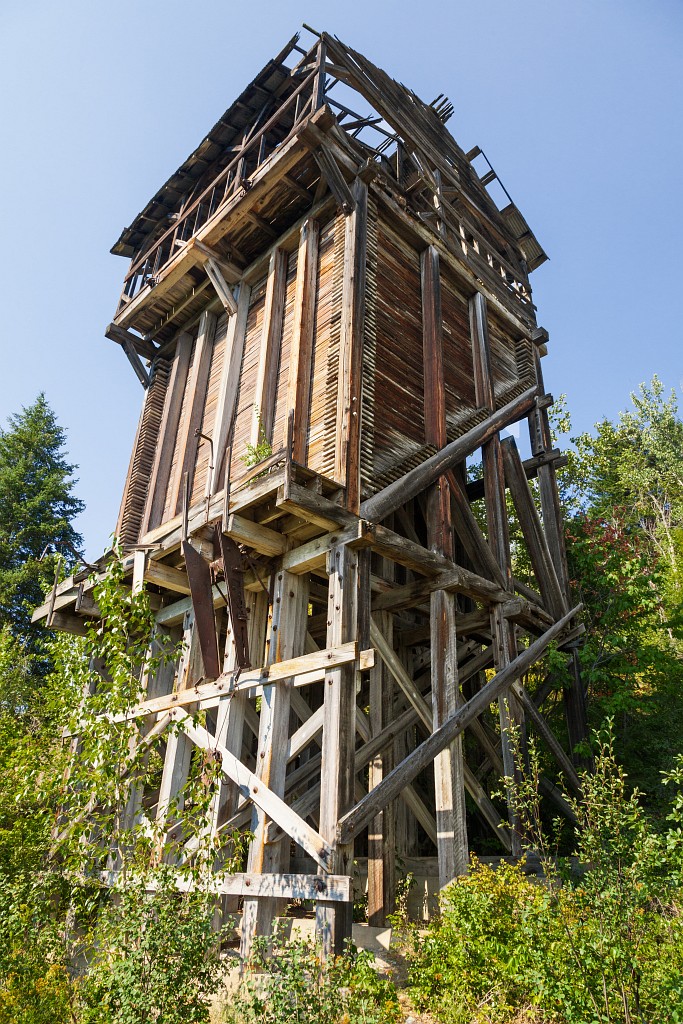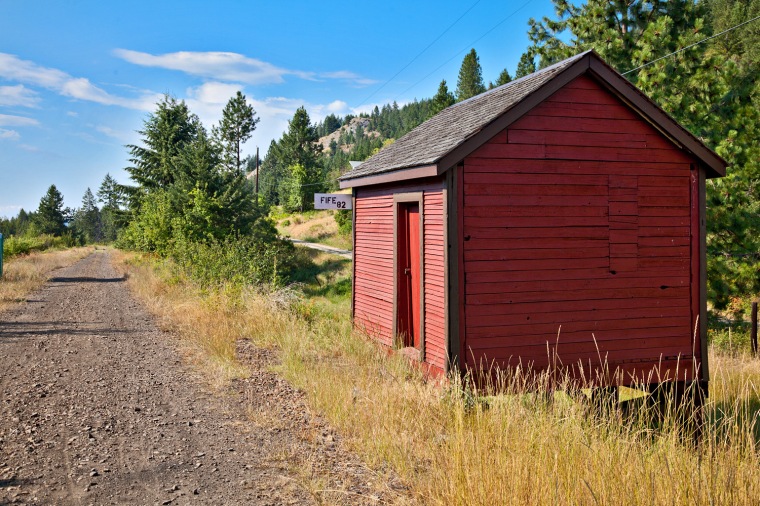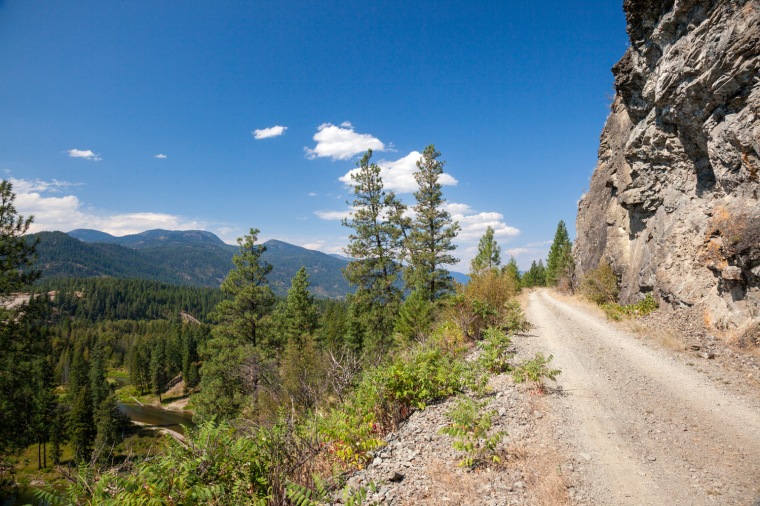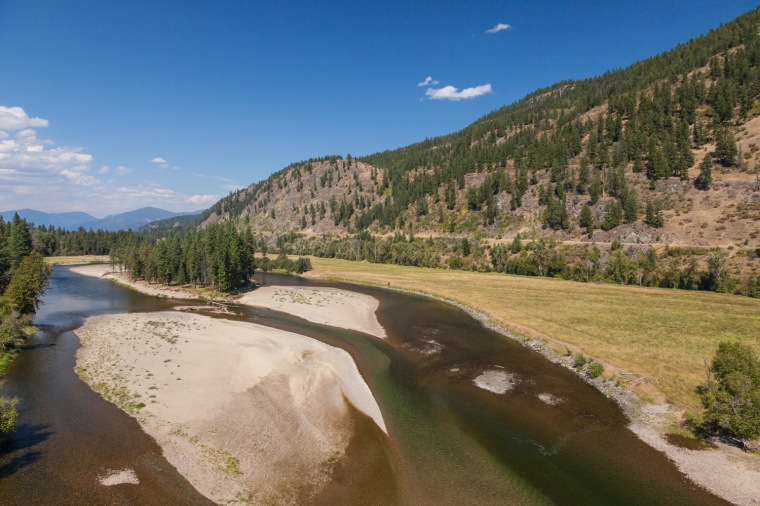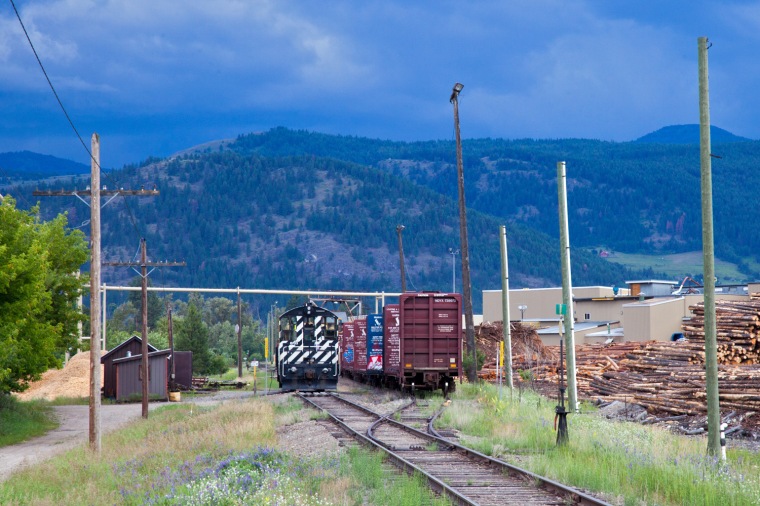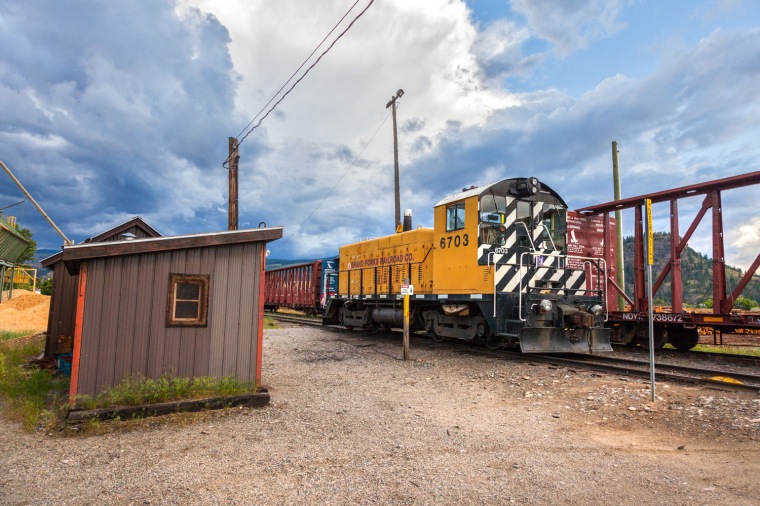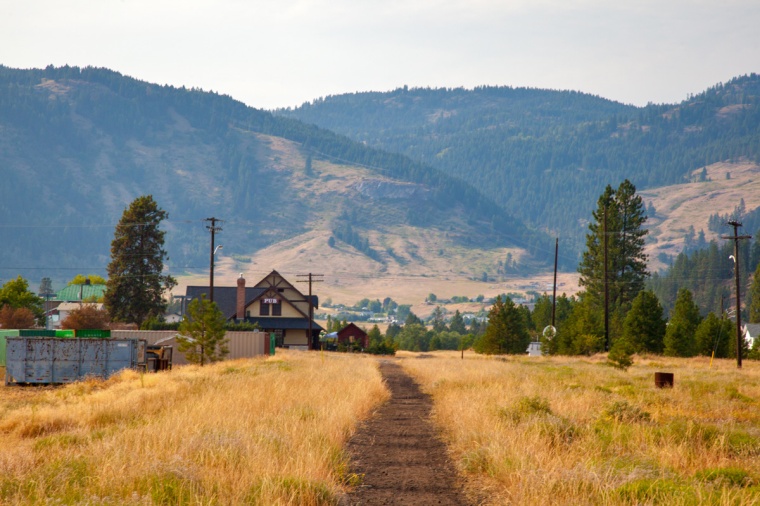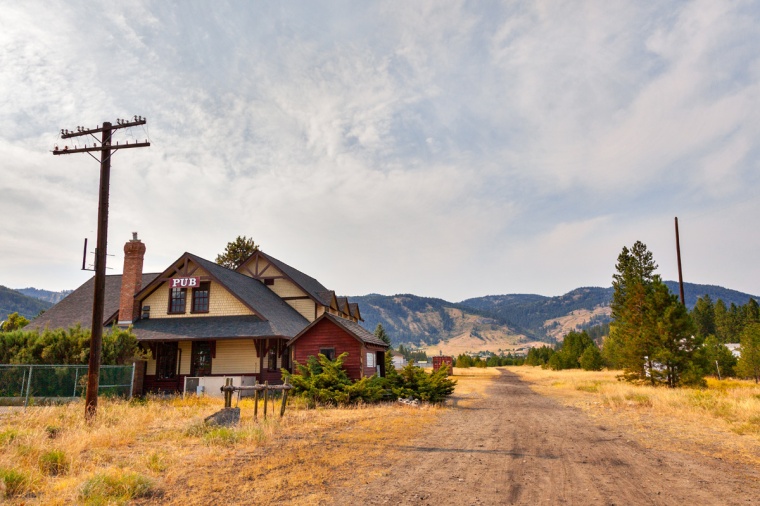I ran an operating session solely with people who know little to nothing about trains.
Believe it or not, I’m planning to do it again, but first, why it all fell apart!
Here’s the premise – make up a guide that covers everything to do with my operation, have people read it over, and all will be well. Was it? Well…considering said guide was 11 pages long, I don’t think people remembered it.
This was to be a trial run with time table and train orders with new train order panels I put in (more on that in another post), but a dispatcher needs to be knowledgeable about the operation, so that job fell to me.
I had also wanted to work the yard, since this would be the first proper op session it would be in operation. The yard is the centre of the railway, and if it gets behind, all the trains do, as well. So I could do both, I set up the dispatcher’s paperwork and phone in the yard.
I set up new clipboards that I added extra clips to at the terminals to hold a register, clearances, and train orders. Nobody signed these. I think everyone was in a hurry! I’m also in the midst of converting my train orders to look 1970s-ish. I have the wrong form here, but I was in a hurry.
I had 6 persons operating. This occupied roughly 138% of my time, trying to help them and troubleshoot.
So, those were the main difficulties…then more went wrong. I had installed new switch panels around the top deck to match the fascia that I recently painted. Surprise, nearly all the switches on the Grand Forks panel were shorting out, and a major switch Grand Forks Sawmills was dead. Further to that, the switch list I had generated in JMRI was incorrect – cars were listed to be picked up that already had been. Definitely my fault, but when? This is when I told the operator of the GN Grand Forks turn to park in the runaround and get another train.
I set him up on a worry-free through freight and turned my attention to Grand Forks. In the name of fun, I frantically ripped out the DCC feeders to the toggle switches that route power to the frogs. It didn’t work. Everyone had questions. The session was crumbling around me. One person felt tired and that couple left. Stress was winning. The worry-free freight train was stalling on the hill and derailing often. My manifests were confusing. Grand Forks was still shorting out.
Somehow, everyone but me was still having fun.
The 4:1 fast clock was started at 0530, with the first train running at 0550. We were markedly behind, and I stopped it at 0840. By 3 hours in, we made it to about 1030 – not too shabby considering how hectic and broken everything was. I would have hoped to make it to 1730 by that point, but a shade under half wasn’t that bad, considering.
So, what went wrong?
I’m going to have more sessions with non-train-people. However, I think these things are important:
- You need to have no technical issues.
Derailments were caused by new cars that had wheelsets with huge flanges and low hanging trip pins. Easy to eliminate, and everything should be tested before it’s given to someone. The yard crew worked very well, except for a couple of underweight cars with truck mounted couplers that derailed often when shoving long cuts
2. You need to be available to help people.
Trying to keep a railway running smoothly made it feel as if I was leaving people in the lurch, and if I was responsive to issues, I saw all trains grind to a halt. Don’t take on too many jobs.
3. Keep the numbers low.
I felt like 4 was a manageable number. That’s half of what I might expect for a full op session with train people. Everyone will need more help, and you don’t want to be overwhelmed. (See #2)
So, I’ll let you know how the next session goes!
Epilogue: Troubleshooting Grand Forks
Finding the incorrect wheelsets and wires that had come off toggles in the sawmill was the easy part. Grand Forks caused considerable consternation. The frogs are powered, which means that when the toggle is thrown, DCC power is routed through it. The same toggles also actuate the servos through Octopus III controllers. So, with my system set to be 13V across the rails, one should see 13V from one rail to the frog, and 0V from the other to the frog. What I ended up seeing was 14.5V from one rail to the frog, and 0V for the other – even though track power was only 13V, and the DC power supplies for the Octopuses were turned off! There was, in fact, a wire soldered incorrectly. The B rail of the DCC system was connected to the common wire to the Octopus’s control inputs, and somehow that transformed it up to 14.5V at the frog. Only took me 5 hours to fix all the above issues! The layout should be good to go now…

